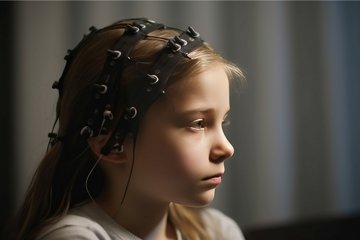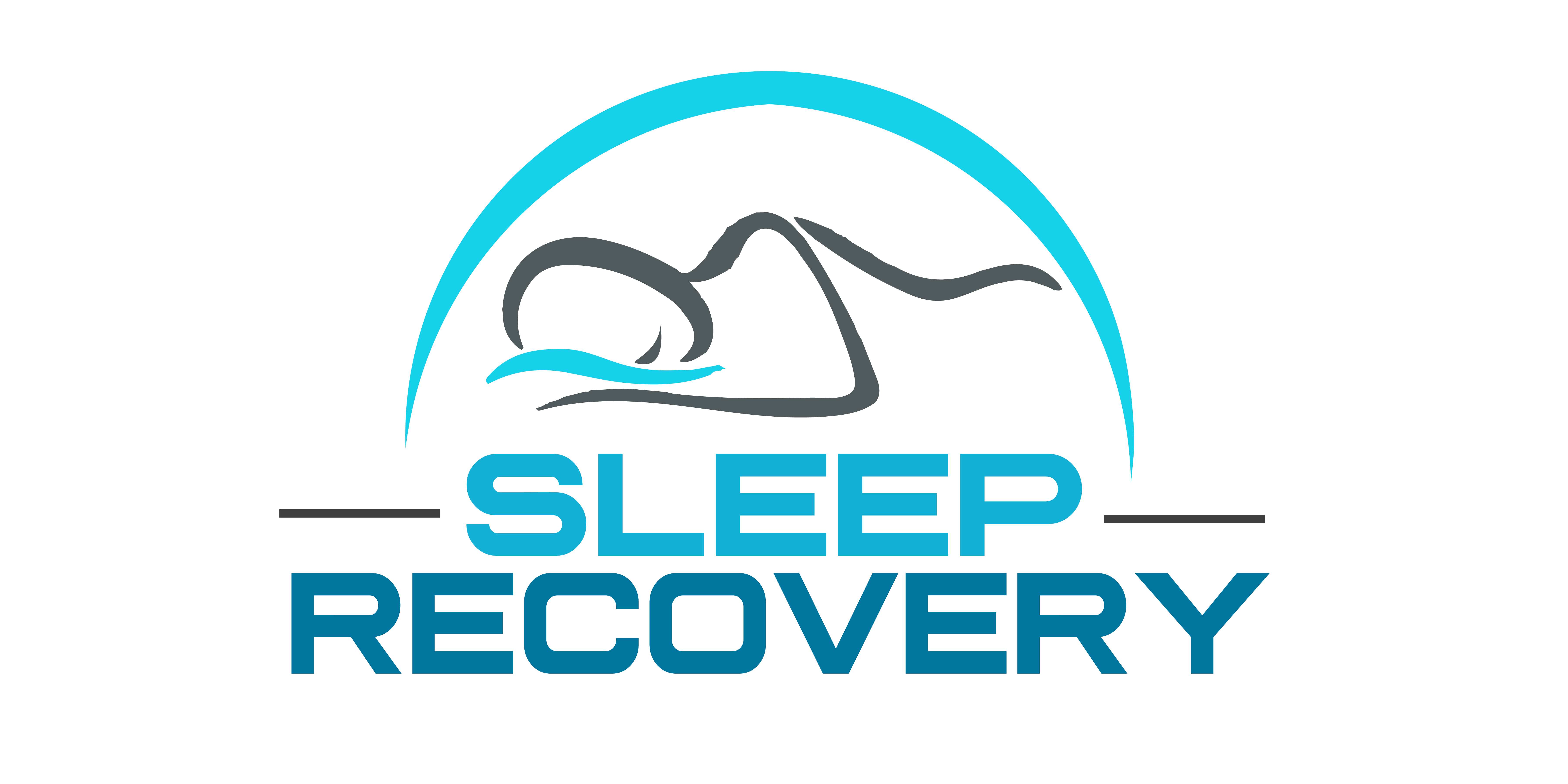New Breakthroughs in Insomnia: Rewiring the Brain for Natural Sleep Recovery
The Sleep Crisis in Modern America
Sleep has become a luxury many Americans can’t afford. Approximately 70 million people nationwide struggle with chronic sleep disorders, with insomnia affecting nearly one-third of all adults at some point in their lives. The costs extend far beyond tired mornings—insomnia contributes to depression, weakened immunity, heart disease, diabetes, and cognitive decline.
“What we’re seeing now is nothing short of a public health emergency,” says Dr. Jeffery Wilson, clinical psychologist and sleep specialist. “Yet most treatment approaches remain in the past—focused primarily on sleep medications that mask symptoms rather than address root causes.”
This gap between problem and solution has created fertile ground for breakthrough approaches that work with the brain’s natural mechanisms rather than overriding them with chemicals. Three innovative methods are promising: Audio Visual Entrainment, Amplitude-Based Neurofeedback, and adaptations of Tibetan rites of rejuvenation.
The Brain’s Electrical Landscape
To understand these breakthroughs, we must first recognize that sleep problems often stem from electrical activity in the brain, not just chemical imbalances.
“The brain operates through electrical patterns or brainwaves that change throughout the day and night,” explains David Mayen, Founder and Program Director at Sleep Recovery. “In healthy sleep, we move through specific sequences of brainwave patterns. When these patterns become disrupted, insomnia develops.”
These disruptions can stem from stress, trauma, medical conditions, or lifestyle factors. Regardless of the cause, the result is the same: the brain gets stuck in high-frequency beta and gamma patterns when transitioning to slower theta and delta waves for sleep.
The three breakthrough approaches share a common goal: helping the brain recognize these disrupted patterns and restore natural rhythms without dependency-forming medications.
Audio Visual Entrainment: Using Light and Sound as Sleep Medicine
Audiovisual entrainment (AVE) works through a phenomenon called frequency following response, in which the brain naturally mirrors external rhythmic stimuli.
“Think of it like pushing a child on a swing,” says Dr. David Siever, inventor of several AVE devices. “You push at the right moment, and the swing goes higher. Push at the wrong time, and it disrupts the rhythm. AVE provides gentle ‘pushes’ that help brainwaves shift into healthier patterns.”
The technology typically involves specialized glasses that deliver pulsed light at specific frequencies and synchronized sounds through headphones. The frequencies start by matching the user’s current state, then gradually shift toward slower patterns that promote relaxation and sleep.
Maria K., a former insomnia sufferer, describes her experience: “After twenty years of sleeping pills, I was skeptical anything would work. The first session felt strange—lights pulsing gently with soft tones in my ears. By the third night, I fell asleep without medication for the first time in decades.”
Research supports these experiences. A study published in the Journal of Neurotherapy found that just 4 weeks of AVE sessions produced a 77% reduction in sleep onset time and an 80% improvement in sleep quality among chronic insomnia patients.

Amplitude-Based Neurofeedback: Teaching the Brain to Self-Regulate
While AVE guides the brain toward better patterns, Amplitude-Based Neurofeedback takes a different approach: It shows the brain its activity and rewards positive changes.
“Neurofeedback is like holding up a mirror to the brain,” explains Dr. Jeffery Wilson, Clinical Director at Sleep Recovery. “The technology reads your brainwave patterns in real-time, then provides immediate feedback when your brain produces healthier patterns.”
This feedback often comes through changing sounds or visual displays. The input becomes pleasant when the brain produces patterns associated with relaxation and healthy sleep onset. When stress or hyperarousal patterns emerge, the feedback changes.
“The magic happens because the brain craves rewards,” continues Dr. Wilson. “It naturally wants to create more of the patterns that produce pleasant feedback. Over time, it learns these healthier patterns and begins producing them without the technology.”
Paul T., a finance executive with chronic insomnia, found amplitude neurofeedback life-changing: “I’d tried everything—sleeping pills, meditation apps, even hypnosis. Nothing worked long-term. After eight neurofeedback sessions, I started falling asleep within minutes of going to bed. My sleep tracker shows I’m getting nearly double the deep sleep I was before.”
The medical community is increasingly taking notice. Dr. Roxanne Prichard, Professor of Psychology and Scientific Director of the Center for College Sleep at the University of St. Thomas, notes: “We’re seeing compelling evidence that neurofeedback creates lasting changes in sleep architecture. Unlike medications, the benefits continue after treatment because the brain has rewired itself.”
Tibetan Rites of Rejuvenation: Ancient Wisdom for Modern Sleep Problems
While technology drives the first two breakthroughs, the third looks to practices developed centuries ago in Tibetan monasteries. Known as the Five Tibetan Rites of Rejuvenation, these sequential movements were initially designed to balance energy and promote longevity.
“What makes these rites interesting from a scientific perspective is how they impact the autonomic nervous system,” explains Dr. Aleksandra Wirga, Medical Director of Wellness Psychiatry. “When done correctly, the specific movements help shift from sympathetic ‘fight-or-flight’ dominance to parasympathetic ‘rest-and-digest’ activation.”
Sleep Recovery has adapted these Tibetan practices for people with modern insomnia, combining them with breathing techniques designed to reduce hyperarousal.
These movements create what we might call a ‘state change’ in the nervous system. Our research showed notable changes in heart rate variability, a key marker of autonomic balance, within minutes of completing the sequence.
For Jennifer L., a teacher with stress-induced insomnia, the adapted Tibetan practices provided relief when nothing else would: “Medications left me groggy, and my mind was too busy for meditation. These movements gave me something active to do that calmed my entire system. I slept through the night again within two weeks of daily practice.”
The Integrated Approach: When Methods Work Together
While each method shows promise independently, Sleep Recovery and similar forward-thinking practices have found that combining approaches often yield superior results.
“Different aspects of sleep dysfunction respond to different interventions,” explains Mayen. “AVE works beautifully for helping people fall asleep initially. Amplitude neurofeedback excels at increasing deep sleep and reducing night wakings. The Tibetan-inspired practices help maintain improvements by giving people tools to manage daytime stress that would otherwise disrupt sleep the following night.”
This integrated approach has shown robust results for those with complex sleep issues. A preliminary study conducted at Sleep Recovery found that clients receiving combined interventions showed 34% greater improvement than those using single methods alone.
Dr. Peter Aquino, a researcher at the University of Oxford School of Medicine, isn’t surprised by these findings: “Sleep is controlled by multiple brain systems working in concert. It makes sense that addressing several mechanisms simultaneously would yield better results than focusing on just one.”
Beyond Insomnia: Wider Benefits of Brain Retraining
The most exciting aspect of these breakthroughs involves benefits extending far beyond improved sleep
“We initially track sleep metrics—how quickly people fall asleep, how long they stay asleep, and the quality of different sleep stages,” notes Dr. Wilson. “But we consistently see improvements in anxiety levels, cognitive performance, emotional regulation, and even physical health markers like inflammation and blood pressure.”
These additional benefits make sense, considering the fundamental brain changes these approaches create. These methods impact numerous brain functions beyond sleep by helping the brain restore natural electrical patterns.
Lisa M., who sought help for insomnia but found much more, shares: “I came to Sleep Recovery desperate for sleep, but what I got back was my entire life. Yes, I sleep well now, but I’m also thinking more clearly at work; my anxiety has practically disappeared, and I have energy I haven’t felt in years.”
Accessibility and Future Directions
Until recently, these breakthrough approaches remained available primarily through specialized clinics. That’s changing rapidly as technology advances and research confirms effectiveness.
Sleep Recovery has pioneered home-based programs combining all three approaches, making treatment accessible regardless of location. Users receive equipment, custom protocols, and regular virtual check-ins with sleep specialists who adjust parameters based on progress.
“Technology now allows us to monitor progress remotely and make adjustments in real-time,” explains Mayen. “People anywhere can access these breakthroughs without traveling to specialized centers.”
The future looks even more promising as research continues. Several major universities have launched studies examining these approaches, with preliminary results supporting their effectiveness for various sleep disorders.
Is Brain Retraining Right For You?
While these breakthroughs show tremendous promise, they aren’t magic bullets for everyone. Certain medical conditions require specific interventions, and some sleep problems stem from underlying health issues needing direct treatment.
“The first step for anyone with serious sleep problems should be proper assessment,” advises Dr. Wilson. “Once underlying medical causes are ruled out or addressed, these brain retraining approaches can be incredibly effective.”
Good candidates for these approaches include:
- People with chronic insomnia do not respond to conventional treatments
- Those experiencing side effects or dependency issues with sleep medications
- Individuals with stress or anxiety-related sleep disruptions
- Anyone seeking natural, non-pharmaceutical sleep solutions
The Natural Sleep Revolution
As these breakthrough approaches gain mainstream attention, we may witness the beginning of a revolution in sleep medicine—one focused on restoring the brain’s natural sleep mechanisms rather than overriding them with pharmaceuticals.
“The human brain knows how to sleep—it’s designed for it,” concludes Dr. Wilson. “Our job isn’t teaching the brain something new but helping it remember what it already knows.”
For the millions suffering through sleepless nights, this shift toward brain retraining offers genuine hope for natural, lasting recovery rather than mere symptom management.
After all, the best night’s sleep isn’t induced by medication but comes naturally from a brain functioning as nature intended.
If you’d like to learn more about these breakthrough approaches to insomnia, Sleep Recovery offers free educational resources and consultations at www.sleeprecovery.com or by calling 1-800-927-2339.
References:
- A feasibility study of pre-sleep audio and visual alpha brain entrainment for people with chronic pain and sleep disturbance. https://pmc.ncbi.nlm.nih.gov/articles/PMC9996154/
- A Pilot Study of Audio Visual Stimulation as a Self-Care Treatment for Insomnia in Adults with Insomnia and Chronic Pain. https://pmc.ncbi.nlm.nih.gov/articles/PMC4221414/
- Brainwave Entrainment through External Sensory Stimulus: A Therapy for Insomnia. https://www.neurology.org/doi/10.1212/WNL.94.15_supplement.1784
